
Bringing the Indoors Outdoors with Landscape Forms
Project Case Studies | October 25, 2022 | The Lighting Exchange
We spoke with Jered Widmer IALD MIES, Principal of The Lighting Practice, to hear his thoughts on what’s new in lighting design. A seasoned lighting professional (He just opened the Dallas office after spending his career at the firm’s home base in Philadelphia.), Widmer has seen a number of changes over the last decade, from LED advancements to new technologies such as wireless controls. But Widmer believes one of the biggest impacts on lighting design has been a shift in how outdoor spaces are designed and used. “It’s now about how we create indoor environments outdoors. Lighting helps to draw people outdoors by creating moments and the kinds of places people want to be.”
Understanding that lighting is a strategic part of the success of a space’s design and programming is important to this shift. “For so long, the mindset was ‘Just add some poles and bollards, and people will come,’” says Widmer. “But that approach didn’t always make the space comfortable or elevate its design. Now the mindset is ‘Wow, lighting makes a difference in people enjoying a space and staying there longer.’ We’re working more collaboratively, especially with landscape architects, to consider how lighting enhances hardscape and site elements, whether art and sculpture or special landscaping elements. We weave lighting strategically into the space and use it to enhance the nighttime environment.”
Both societal and financial factors have contributed to the shift of creating indoor environments outdoors. “We spend a lot of time in conditioned environments,” says Winder. “And COVID emphasized this reality. The outdoors gives us a breath of fresh air. Connections to nature are good for our health and spirits.” Over the last decade, mixed-use spaces have grown significantly and created micro-communities. “People are embracing their neighborhoods. They’re spending more time in smaller areas and looking to get all the things they need there. Outdoor environments have become extensions of their homes,” says Widmer.
There is financial benefit to enhancing outdoor experiences, too. For developers, every square foot of space is potential profit. They’re looking at exterior spaces once thought of as circulation and asking how to take advantage of this space, activate it, and make it more profitable. Enhancing outdoor spaces in mixed-use developments offers a competitive advantage. If retailers and residents have options about where they lease, why not enrich the shop/live/work environment and attract occupants?
Widmer shares a number of approaches he has used for lighting spaces to create indoor spaces outdoors. One is introducing texture into the environment. “Landscape architects introduce materials and plant variety to add texture to the environment during the day. At night, much of this detail can be lost, so we use lighting to reveal that texture in the space.” Lights at different heights add depth and help people understand and appreciate the space. Light also helps to communicate the space’s intended use. Is it for circulation? Is it a place to stop and relax? To have fun? “We want the intensity, color, directionality, and position of the light to help a person know how to use the space,” says Widmer.
Every project typically has a ‘story’ to be told. “Lighting strategies that complement the scale and variety of plantings help tell the landscape architect’s story,” says Widmer. “I may use mini bollards in low ground cover to create a soft glow. Higher plantings might feature taller lighting elements or directional illumination. Pathways may use lights that create visual cues at a higher viewpoint. Integrating lighting under benches or within seat walls can help define congregation points. People are drawn to light, so we use that to influence how people circulate and congregate in outdoor spaces.”
Overhead light fixtures are often a focal element in interior lighting, and Widmer applies that approach to exterior environments in a few ways. “Festoon lighting is a common application. Catenary lighting, too, evokes an intimate ambiance; it’s beautiful but also specific in the effect it creates.” Pendant lights indoors also move outdoors in the form of tree lantern fixtures that “float in trees like lightning bugs,” says Widmer. “If there are mature trees along a path, I might put lights in the canopy and let them mimic the dappling light of the moon cascading through the branches. Moonlighting adds drama and texture without being intense; it’s a pleasant effect.” Dimmable tall pole lights in active and open areas can also create a moonlighting effect and adjust in intensity for variable programming throughout the year. “Being able to dim lighting in the outdoors is critical to maximining enjoyment and flexibility in these spaces,” says Widmer.
A trending element Widmer is using, especially in mixed-use environments, is color-changing (RGBW) lights. “These lights add movement and animation to a site and help us program for more theatrical engagement.” Widmer cites a project where dimmable, color-changing lights around a shade structure/event stage add a dynamic and dramatic effect during performances. The ability to change colors also offers a moment of connection with the community, whether blue and yellow lights for support of Ukraine or green lighting for a St. Patrick’s Day festival.
During daylight hours, fixtures become a design element within a site, so Widmer looks for fixture materials and textures that reinforce the character of the space. Wood in fixture design has been a growing trend, says Widmer. “A wood base or hint of wood as an accent feature lets me carry elements of the site design into the lighting. Manufacturers see that we are trying to create a consistent story and are supporting us with a range of fixture aesthetics and materials.”
Other News Content by:
Landscape Forms
Revolutionary 360 Solar—Off-Grid Lighting Powered by Innovation
Featured Products | June 13, 2025 | The Lighting ExchangeMoment by Landscape Forms
Featured Products | May 09, 2025 | The Lighting ExchangeA Brighter, More Adaptable Urban Lighting Solution
Featured Products | March 27, 2025 | The Lighting ExchangeFor Lighting That Performs and Inspires, Listen to Nature.
Industry Topics | February 13, 2025 | The Lighting Exchange
